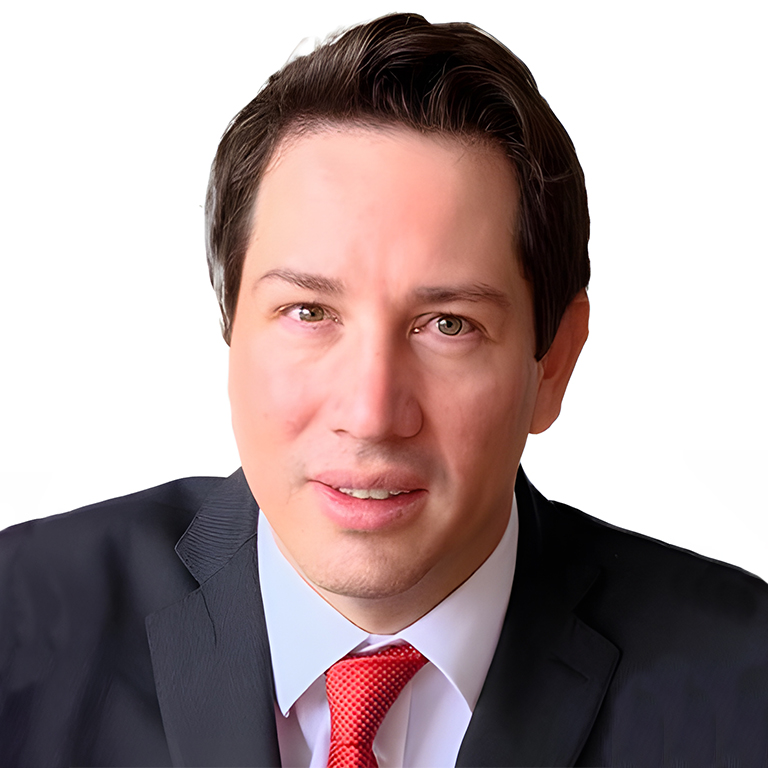
Daniel Gumsley
Global offshore wind advisor
The development of the offshore wind industry in Brazil is at a promising stage, with the federal environmental regulator currently evaluating 97 projects with a combined capacity of 234 gigawatts (GW). An initial auction in 2025 (subject to Senate approval) could lead to Brazil developing 2GW of operational offshore wind capacity by 2030. And a recent report by the World Bank outlined the potential for over 1200 GW of offshore wind generation to further boost Brazil’s strong renewable energy credentials.
With a 4,600-mile coastline, favourable wind conditions, and water depths suitable for fixed and floating bottom foundations, Brazil is suitably positioned to take advantage of its natural resources, including wind energy. Further, the country has a skilled workforce with renewable energy generation, distribution, and management experience, as well as expertise in maritime and naval services — all of which are critical to set-up and operate offshore windfarms. These critical human resources could be transitioned to the construction and operation of offshore wind farms, particularly in areas such as Rio de Janeiro, with its long coastline, high population density, and strong energy demand.
As interest in offshore wind increases and Brazil’s energy policy evolves, project developers and owners need to consider the risk management and mitigation measures needed to realise the full potential of their investments. The following risk considerations are common across emerging markets.
The regulatory framework for offshore wind in Brazil is still being developed, and uncertainty regarding regulations, permits, licenses, and grid connections could potentially stall investors and developers. For example, current proposed regulation in Brazil stipulates that an offshore wind lease that overlaps with an existing oil and gas lease can only proceed with the approval of the leaseholder.
Investment is required in suitable infrastructure, such as ports, vessels, and transmission lines. Infrastructure constraints can increase project costs and timelines, potentially affecting its financial viability.
Political volatility may impact project financing or lead to higher upfront costs, resulting in longer payback periods. The potential for political risk in Brazil may be closely watched by investors and trade credit insurers. Investors are more likely to be attracted to predictable and stable political and economic environments in which to do business.
Local policies aim to promote domestic manufacturing and job creation. However, they can also affect project competitiveness if meeting strict local content requirements limits access to international expertise and technologies.
Projects are evaluated to understand possible environmental and social implications, such as habitat disruption, biodiversity loss, and local community objections. Balancing the benefits of clean energy with the potential impacts on local ecosystems and livelihoods is crucial for sustainable development.
Globally, the offshore wind industry has matured in the last 30 years, providing valuable lessons on offshore wind development for governments, investors, and risk management specialists. Project stakeholders will continue to learn and adapt from mature development practices in Europe and recent experiences in emerging markets such as the US.
Aside from localised offshore wind challenges, the global offshore wind industry is contending with two major risks:
Power transmission. Grid connection is a challenge due to the technical complexity of bringing power to shore via long transmission cables. Further, the intermittent nature of wind power (given variations in wind speed and weather conditions) can impact grid stability. Grid connection costs and upgrades to accommodate additional generation capacity can increase ongoing project capital expenditures (CapEx), including insurance costs. The risk to the design and construction, protection, and ongoing monitoring of subsea cables can also affect a project’s insurability and costs. Cable design and grid connection technologies are continuing to advance, and subsea interconnectors could drive future efficiencies.
Supply chain constraints. A reliable investment pipeline is crucial to developing a sustainable supply chain. A Global Wind Energy Council (GWEC) report calls for increased investment in the global onshore and offshore wind supply chains, stating that “by the mid-2020s there may be supply chain bottlenecks in every region of the world except China”. Supply chain constraints and disruptions can delay project start-up and increase lead times for key components. Insurers will factor supply chain issues into their rates and may reduce available capacity. Transparency about the cost and availability of insurance, including alternative risk transfer solutions, should be communicated to investors and project stakeholders at the early stage of planning when budgets and contingencies are being established.
The potential generating capacity of offshore wind projects in Brazil could position it as one of the biggest offshore wind markets in the world. Leveraging expertise and lessons learned in other regions will be critical to the sector’s success, and will aid investment to drive Brazil’s ongoing energy transition.
Contact your local Marsh office for risk management advice and global insurance market solutions for your renewable energy projects.

Global offshore wind advisor

LAC Regional BD Leader Energy, Power & Renewables